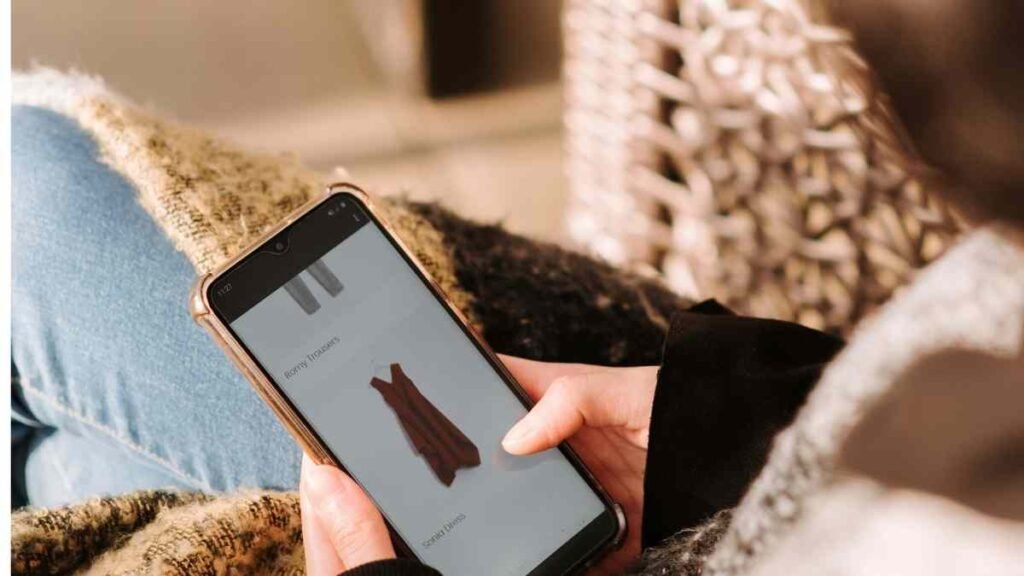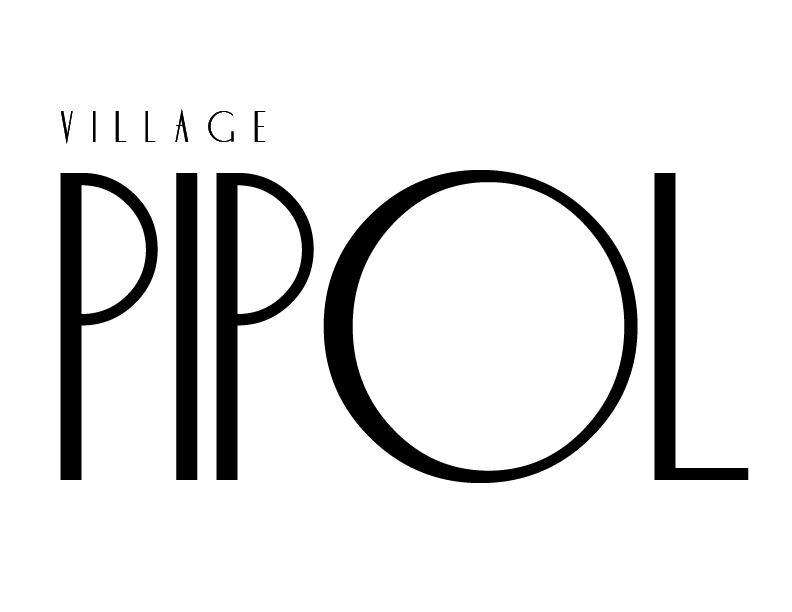The Consumerism trap Behind every “add to cart”

In every scroll on social media, we often see a yellow basket that pops up — filled with trending products, glowing reviews, and influencers telling us it’s a “must-have.” One minute you’re just browsing; the next, you’ve added another item to your cart. You don’t need it, but it feels essential — and just like that, it happens again. Another victim of a modern-day “budol culture.”
Without realizing, trends start to shape how we live, think, and define ourselves. Suddenly, the simple scroll now controls us — constantly telling us what’s cool, what to buy, and who to be. Eventually, we feel the pressure to keep up — buying things that don’t even reflect who we are, just to fit in.
Scroll. want. Add to Cart

At first, it seems harmless. But slowly, keeping up with online trends stops feeling like a choice. Material things we once ignored now feel like the key to be noticed. This is where consumerism turn excessive.
Microtrends or the short-lived trends boosted by viral videos and influencer culture — sneak into our lives. They don’t hit all at once, it just slowly creeps in. What starts as a casual scroll turns into a habit. With constant ads and curated content, it’s easy to believe we need every product we see. We shape our wants around what’s trending, often forgetting what we actually like.
That innocent scrolls online to pass the time, quickly turned to a shopping spree. Owning something starts to feel like a measure of success or happiness. Before we know it, buying becomes a quick fix — to feel good, to feel seen, to feel enough.
When the Feed Feeds on You

Emotional attachment plays a big role in this habit. Many people stay loyal to brands not just for quality, but because they associate them with comfort, familiarity, or identity. We like how certain brands fit the version of ourselves we project online.
Brand loyalty becomes more emotional than practical — we choose based on how something makes us feel, not whether we actually need it. Some even use purchases as silent symbols of success or status, trying to impress others without saying a word.
In extreme cases, excessive buying can lead to hoarding — a mental health condition where people struggle to throw things away, believing they’ll need them someday. It creates clutter, anxiety, and even hurts relationships, as people become more focused on owning than living.
In today’s online culture, all of this might seem normal. But the toll is real. Constantly chasing trends affects more than just our wallets — it impacts our mental health, peace of mind, and long-term goals.
The high from buying something new fades fast, often replaced with regret or financial strain. The more we give in, the harder it becomes to focus on what truly matters — savings, dreams, and the things that bring real joy.
Buying Less, Living More

We begin to define our worth through what we own, not who we are. We start chasing things we think will make us look good, instead of doing things that genuinely make us feel good. And when that happens, we lose our sense of self.
But there’s a way to slow down and take back control. Being mindful about what we consume helps us reconnect with what we truly value. It’s not about cutting ourselves off from trends completely — it’s about choosing what aligns with us instead of being pushed to keep up. Reflecting on why we want something, understanding where it comes from, and how it affects others — these are small but powerful steps toward living with more intention.
Because at the end of the day, microtrends will come and go. But the way we carry ourselves — with purpose, self-awareness, and peace — that’s something worth keeping for the long run.
At its core, the pressure to keep up with microtrends isn’t just about buying things — it’s about identity, belonging, and how much of ourselves we’re willing to trade just to feel seen. In a world where everything moves fast — fashion, content, even self-worth — it’s easy to lose track of what truly matters.
But remember, you don’t always have to keep up. Sometimes, the most powerful thing you can do is slow down, choose with intention, and take the time to identify who you really are — beyond the trends, beyond the timelines, and beyond what the internet tells you to be.
I am a writer who believes every story holds deeper meaning. Writing is not just about retelling events, but about learning from the wisdom of others. With experience in news and feature writing, I aim to create stories that inspire reflection, connect people, and reveal life’s lessons proving that even the simplest words can carry powerful stories.






